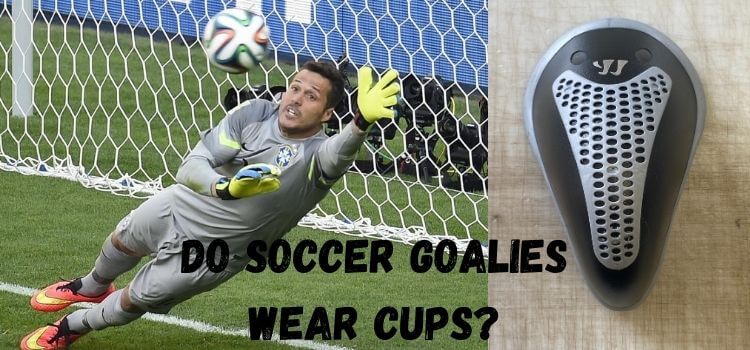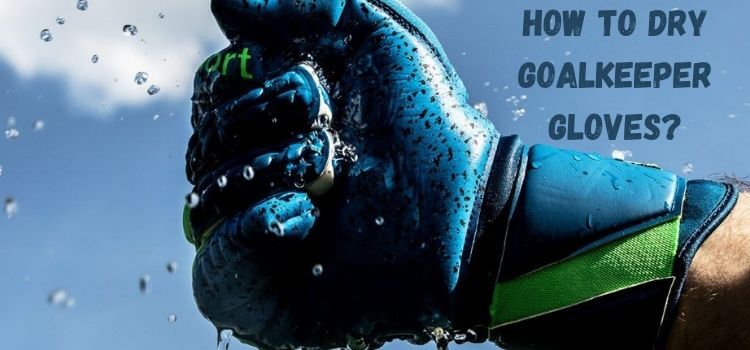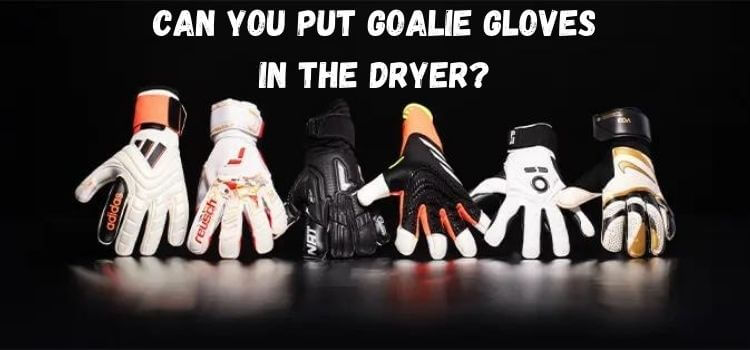As an Amazon Associate, I earn from qualifying purchases
When you think about the gear that a soccer goalie wears, gloves and shin guards come to mind first. But what about protective cups? It’s a topic that sparks curiosity and debate among players, coaches, and parents alike. So, do soccer goalies wear cups? Let’s dive into the world of soccer gear and find out.

History of Protective Gear in Soccer
In the early days of soccer, protective gear was practically nonexistent. Players relied on their skill and bravery, with little to no padding or specialized equipment.
Over time, as the game evolved and the pace increased, so did the need for better protection. Shin guards became standard, followed by advancements in goalie gloves, cleats, and even headgear.
Understanding the Role of a Soccer Goalie
Being a soccer goalie is no small feat. As the final line of defense, their job is to keep the other team from scoring. They face unique challenges, such as diving onto hard ground, making quick lateral movements, and enduring high-speed shots.
These demands can lead to specific types of injuries, including bruises, fractures, and, occasionally, impacts to sensitive areas.
What is a Protective Cup?
A protective cup, also known as an athletic cup, is a piece of equipment designed to shield the groin area from injury. Typically made from hard plastic or metal, it fits into a pouch within compression shorts or a jockstrap.
There are different types of cups tailored for various sports, each offering varying degrees of protection and comfort.
Common Protective Gear for Soccer Goalies
Soccer goalies have a range of equipment at their disposal to enhance their safety and performance:
- Gloves: Essential for grip and protection when handling the ball.
- Shin Guards: Defend the lower limbs against strikes and kicks.
- Padded Jerseys and Pants: Offer additional cushioning during dives and falls.
- Mouthguards: Prevent dental injuries during high-impact plays.
Do Soccer Goalies Commonly Wear Cups?
The practice of wearing cups among soccer goalies is less common than in other sports. While some goalies, especially in youth leagues, may opt for the added protection, many professional and amateur players forgo this piece of equipment.
This trend varies widely depending on personal preference, cultural norms, and coaching advice.
Arguments for Wearing Cups
Injury Prevention
The most compelling reason to wear a cup is injury prevention. A player may be out for a significant amount of time if they take a direct hit to the groin, which can result in excruciating agony and long-term damage.
For goalies, who often face high-velocity shots, this risk is particularly relevant.
Enhanced Confidence and Performance
Wearing a cup can also enhance a player’s confidence. Knowing they’re protected might allow goalies to play more aggressively and fearlessly, diving and blocking without hesitation.
Arguments Against Wearing Cups
Comfort and Mobility Issues
Many goalies argue that cups can be uncomfortable and restrictive. Soccer requires a high degree of agility and flexibility, and a bulky cup can impede these movements. The discomfort can distract from gameplay, affecting overall performance.
Perception and Tradition in Soccer
There’s also a cultural aspect to consider. In soccer, the tradition of wearing minimal gear prevails. Unlike football or hockey, where protective gear is abundant and expected, soccer has maintained a leaner approach to equipment, which influences player choices.
Comparing Soccer to Other Sports
In sports like football, baseball, and hockey, wearing a protective cup is standard practice. These sports involve frequent, high-impact collisions and projectiles, making the additional protection necessary.
Soccer, however, generally involves less direct contact with the groin area, which explains the difference in gear preferences.
Medical Opinions and Recommendations
Medical experts have varied opinions on the necessity of wearing cups in soccer—some advocate for it, especially for youth players, to prevent serious injuries.
Health statistics show that while groin injuries are less common in soccer compared to other sports, they can still occur, particularly in goalies.
Personal Anecdotes and Experiences
Testimonies from Goalies Who Wear Cups
Some goalies swear by their cups, sharing stories of close calls where the protective gear saved them from serious injury. These anecdotes highlight the peace of mind that comes with added protection.
Stories from Those Who Don’t
Conversely, many goalies play their entire careers without ever wearing a cup, citing reasons of comfort and tradition. To prevent injuries, they stress the significance of using the proper form and posture.
Safety Innovations in Soccer
The sports equipment industry continues to innovate, developing new materials and designs to enhance player safety without compromising comfort. For goalies, this means more advanced gloves, padding, and more comfortable and practical protective cups.
Parental Concerns and Youth Soccer
Parents often worry about the safety of their young soccer players. For youth goalies, wearing a cup can be a prudent choice, balancing safety with the need for comfort and mobility.
Educating parents and young players about the benefits and drawbacks of protective gear is essential.
Purchasing the Right Gear
When buying protective equipment, it’s crucial to consider quality and fit. Reputable brands offer products designed specifically for soccer goalies, combining protection with comfort. Look for well-reviewed products and consult with coaches or experienced players for recommendations.
Conclusion
So, do soccer goalies wear cups? The answer could be more straightforward. While not universally adopted, protective cups offer significant benefits in terms of injury prevention. However, comfort and tradition play a significant role in a goalie’s decision to wear one. Ultimately, the choice depends on personal preference, the level of play, and individual comfort.
FAQs
No, not all soccer players wear cups. It’s more common in sports with a higher risk of groin injuries, such as baseball and hockey. In soccer, it’s typically a personal choice, more prevalent among youth players and less common among professionals.
Goalies often suffer from hand and wrist injuries, bruises, and fractures from diving and collisions. Knee and shoulder injuries are also common due to the physical demands of the position.
There are no specific rules mandating the use of protective cups in soccer. Equipment regulations focus more on items like shin guards, cleats, and gloves, leaving the decision to wear a cup up to the individual player.
Goalies can protect themselves by wearing padded shorts, maintaining good positioning to avoid direct hits, and using proper diving and blocking techniques. Regular training and conditioning also help prevent injury.
High-quality protective cups can be purchased at sporting goods stores, online retailers, and specialty soccer shops. Reputable brands like Shock Doctor, Nike, and Under Armour offer them. Always ensure the cup fits appropriately and provides adequate protection and comfort.
Read Our More Articles
- How to Keep Shin Guards in Place: A Comprehensive Guide
- Do Soccer Players Wear Jockstraps? An Expert’s Guide
- Do Soccer Players Wear Mouth Guards? An In-Depth Look
- Do Professional Soccer Players Wear Cups? An In-Depth Look
- Do Soccer Goalies Wear Knee Pads? An In-Depth Look
As an Amazon Associate, I earn from qualifying purchases


